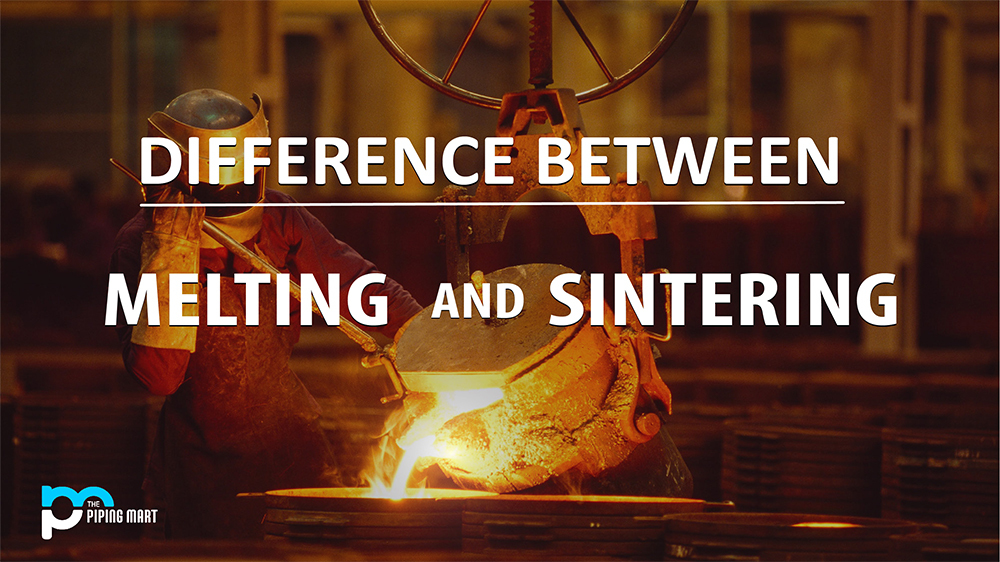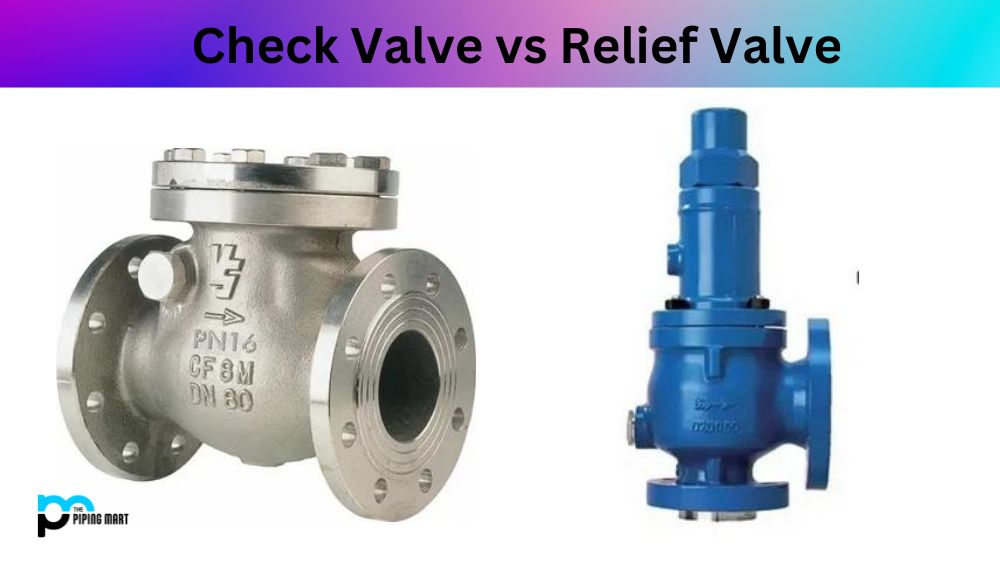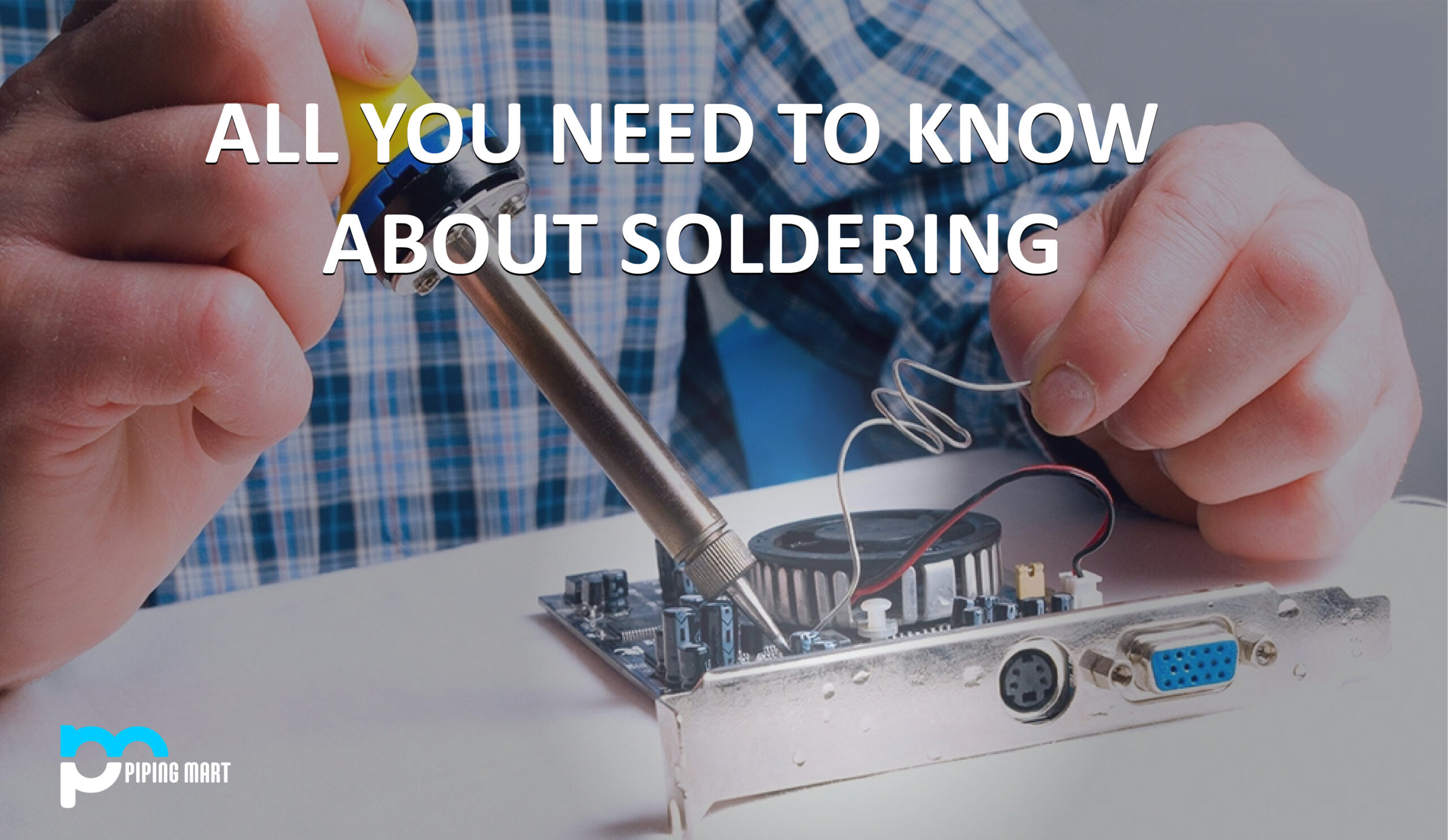What is Sintering?
Sintering combines small particles into a solid mass without melting the materials using a combination of pressure and heat. Metal, ceramic, plastic, and other materials are frequently sintered together as particles.
The Sintering Process in Metallurgy
Metals can be sintered, most metals. Metal powders are strengthened and structurally sound through the process of powder sintering. In metallurgy, the sintering process involves heating metal powders and other components, such as alloying elements, in a single, extended furnace that typically has various temperature zones. The sintering temperature is always lower than the materials’ melting point to prevent melting. In metallurgy, there are three steps to the sintering process.
Initial Stage:
The materials are heated in the furnace at a temperature rate that encourages the formation of martensitic, crystalline structures during the first stage of metal powder sintering. Because the sintering temperature is not high enough to melt the particles, complete compaction does not occur. There are many ways to consolidate the components, such as pressing them together using tools or 3D printing lasers to melt powders partially. To provide the powder with enough strength to hold together for the remainder of the sintering process, cold welds can also link the particles.
Intermediate Process:
The particles gradually fuse as their density rises. Transient liquid phase sintering and persistent liquid phase sintering are two typical methods for achieving this. Transient liquid phase sintering occurs when the iron is in the compact sintering powder. In this procedure, iron powder is mixed with copper powder. Copper melts and fuses with iron at the average sintering temperature, hardening the components together. In the permanent liquid phase approach, liquid substances are added and flow into the open pores and fissures, further fusing the materials. Cemented carbides are one such liquid substance.
Final Stage:
The original sintering powder ingredients have now mostly taken on a solid form by the time they reach this powder sintering stage. More liquid and a binder additive flow into any open pores or cracks during the final stage of permanent liquid phase sintering, successfully fusing the packed mass.
Sintering Temperature and Liquefaction
The material’s liquefaction is one of the main distinctions. When a substance is melting, it is heated to a point where the transition from a solid to a liquid is possible; the material receives enough thermal energy to change its energy state. Instead of reaching the energy threshold necessary for converting into a drink, a material being sintered is being crushed utilizing a combination of heat and pressure.
Why is this a significant distinction? It’s crucial because sintering can occur at low temperatures under the right circumstances. Take snow, for instance. A youngster rolling snow into a ball is an illustration of pressure-based sintering. Melting is a temperature action, whereas sintering can also be a pressure or temperature process.
Uses of Sintering and Melting
Uses of Sintering
Sintering has a variety of applications. Sintering is frequently used on metals with high melting points since it doesn’t require melting temperatures to function. One of its primary functions is to bind metal particles together.
To make bespoke metal forms, certain 3D printing technologies sinter metals one layer at a time. As opposed to melting the same metal, sintering a metal for 3D printing enables more control and uniformity because the material isn’t entirely liquefied. However, compared to complete liquefaction brought on by melting, this results in more microscopic gaps. Sintering can also be used to make an object’s surface less porous, improving some materials’ qualities.
Uses of Melting
However, depending on the substance being melted and the purpose for which it is being dissolved, it has various applications. Similar to sintering, the process of liquefying metal is frequently employed to combine two metals. Confusion between the two methods may arise because some ” sintering ” procedures (such as Direct Metal Laser Sintering) involve melting materials.
Melting can also liquefy a metal alloy to reform it into a different shape or modify some of its physical properties. By altering the alignment of the metal’s atomic structure, heating magnetized steel, for instance, can make it lose its magnetism. It only has to reach the “Curie temperature,” or the temperature at which the magnetized atoms lose their alignment, for most magnetized metals to lose their magnetic properties. In most manufacturing applications, melting is more frequently employed to join two items together or reform a metal than to alter the attributes of an object.
Sintering and Melting Key Takeaways
The following are essential considerations for sintering and melting:
- Sintering mixes materials without melting them by heat and pressure.
- Particles are heated until they liquefy and merge into one substance during melting.
- Low temperatures can sinter if enough pressure is applied.
- Due to its low temperature, sintering is most frequently used to combine metals with high melting temperatures and to produce customized metal objects using a 3D printer.
- Metals are frequently combined in melting processes; materials can change physically through melting.

Pipingmart is B2B portal specializes in industrial, metal and piping products. Also, share latest information and news related to products, materials and different types grades to help business dealing in this industry.




